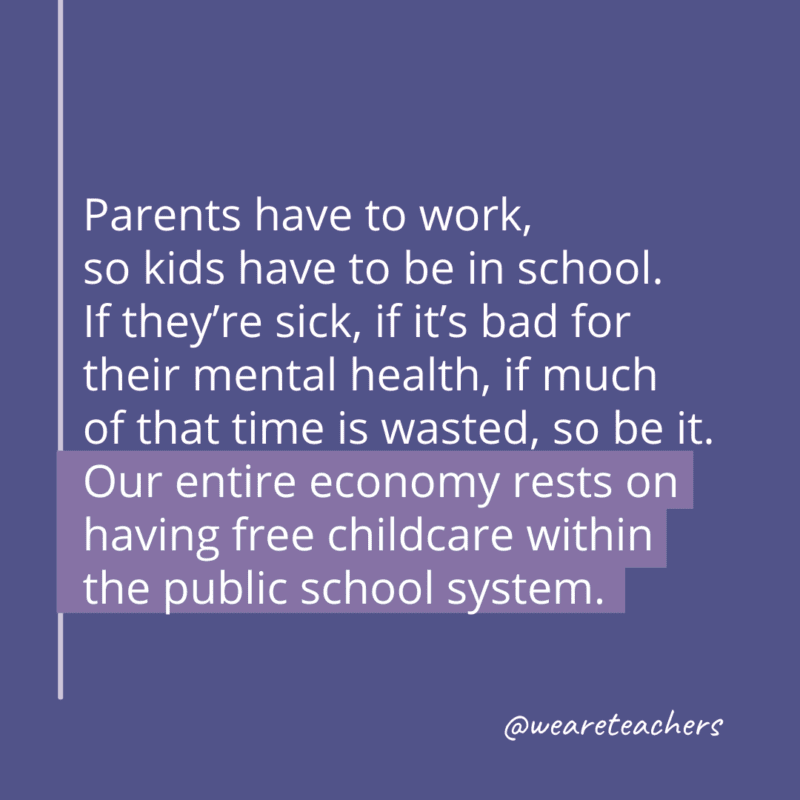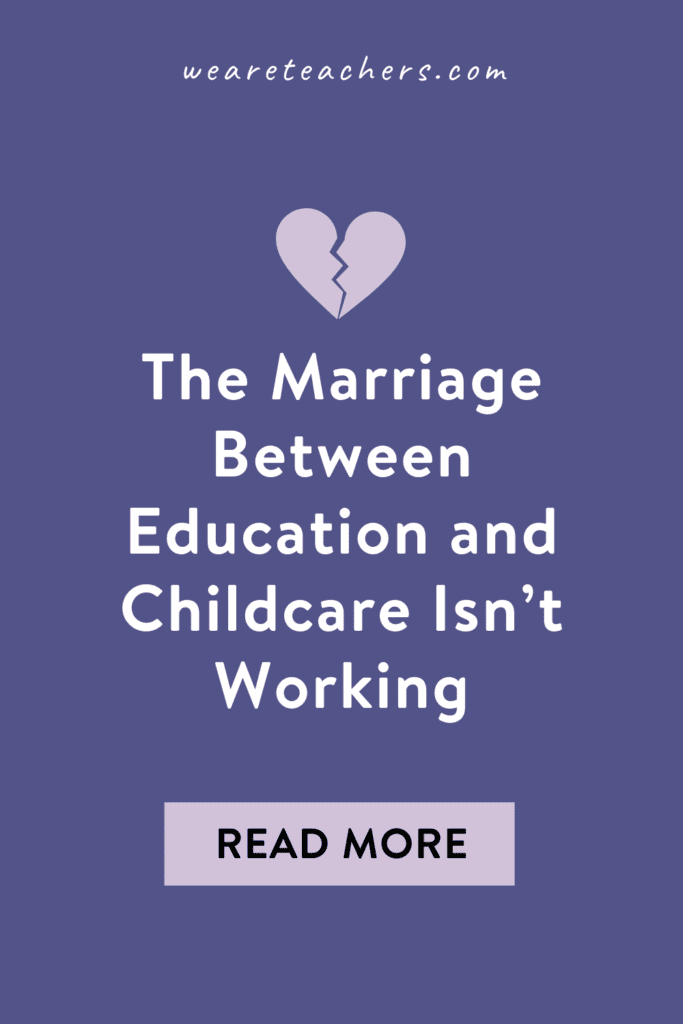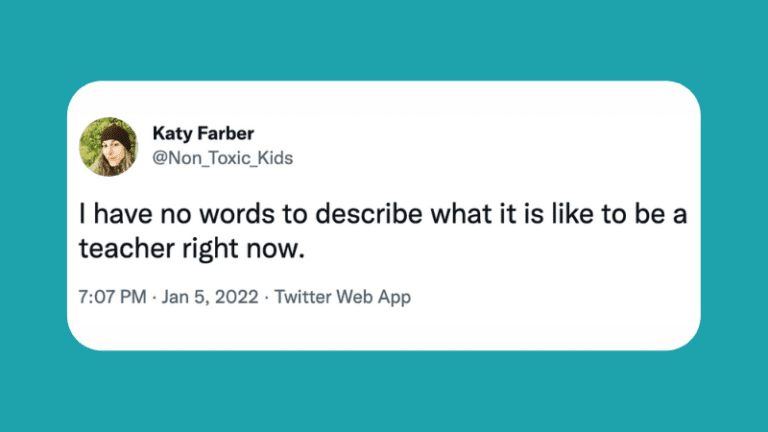My school system went virtual for three days at the beginning of the semester. It was probably a good choice; tons of people, especially staff, were quarantined from exposures over the holidays. A quarter of my students are still absent because they or their families are sick, and giving everyone a few extra days at home to recover or get tested was a great plan. As a teacher, I was on board.
As a parent, I was frantic. The county office didn’t make the call until Friday evening, when classes were supposed to start on Tuesday. Rumors flew, saying that the semester would start on Zoom, but nobody knew for sure.
Would I need to teach while supervising my own kids’ online school? ‘Virtual’ and ‘Pre-K’ are not words that belong in the same sentence, and Daniel Tiger can only babysit for so many hours a day! Who could we get to babysit, where could everyone do their work, and would our internet support multiple people working from home?
The thought of school shutdowns strikes dread into the heart of every parent I know.
The vast majority of parents in the U.S. are, like me, completely dependent on education for childcare. My husband and I both work, and we rely on a cadre of amazing, dedicated, underpaid women to keep our children alive for eight to nine hours a day while I’m at school doing the same for other people’s children. When schools are closed, we have to settle for less-than-ideal options, like Disney+ marathons and making our fifth grader parent our five-year-old whenever he’s not in Zoom class.
Of course, like basically every other problem in our society, this stress is not distributed equitably. I teach at a school with a lot of well-off families. If one of my students has the sniffles, their parents usually keep them home, taking advantage of a stay-at-home parent or a flexible job with work-from-home options. Is it easy? Definitely not. But it’s possible, because these parents are able to make adjustments to their work schedule or pay for a babysitter to help out for the day.
An inconvenience for well-off families can be devastating for kids who are economically disadvantaged.
For low-income families, taking the week off is often impossible. Missing work means losing a day’s pay at best and possibly losing your job. Wi-Fi and computer access are often shaky, even with school devices available, and virtual learning is extra challenging for students whose parents are not proficient in English. There’s also the fact that over 30 million students rely on free or reduced lunch, which means that missing school can mean going hungry.
This leaves parents with an impossible decision. Do you send your sick kid to school, knowing they could be putting others in danger? Can you miss work and jeopardize your family’s income and financial security? Do you leave your young child home alone and hope they’re able to stay safe, feed themselves, and complete their assignments?
The past two years’ experiments with virtual school have helped us learn so much about our students’ learning and their social and emotional needs. While most kids were fairly miserable working in isolation, some kids were thriving. There were kids for whom school is a social minefield who absolutely loved online school. Personally, I learned that my kid has a much easier time working from 10:00 to 4:00 than from 8:00 to 2:00. We also learned that a LOT of school is wasted time; when you don’t have to stop to redirect students, take bathroom breaks as a class, and do a fire drill, you can finish a six hour school day in two and a half hours and then go out and play soccer.
But as long as education is the only reliable childcare option, we can’t make the big changes our students need.
Would my students learn more and have less stress if we split them into a morning and afternoon block and taught them in smaller groups for shorter time periods? Absolutely. Would virtually every high schooler be happier and make better grades if they could start school later in the day? You bet. Would some kids feel safer and more successful if they could do online school indefinitely? Surprisingly, yes.
But none of these things are feasible for large numbers of students because we rely on schools as all-day babysitters. Parents have to work, so kids have to be in school. If they’re sick, if it’s bad for their mental health, if much of that time is wasted, so be it. Our entire economy rests on having free childcare within the public school system.

So how do we fix it? The answer, as usual, is money. Pay teachers enough to make it a viable career choice, and then hire more teachers. Offer alternative school schedules for kids who would benefit. Provide safe learning spaces—the YMCA, the library—with qualified adults who can help kids when schools are closed. Give working parents flexibility and require employers to allow parents to take time off if their children are sick.
If we’re going to create an educational system that works for families, both during covid and beyond, we’re going to have to make it an economic priority.
We’re going to have to invest in the people and infrastructure that make our education system work. When schools first shut down almost two years ago, communities experimented with alternative learning spaces for kids who couldn’t stay home. We could use those spaces to extend the school day for kids who need extra help, an alternate schedule, or after school care, as well as to continue to provide learning spaces when schools inevitably close due to staff shortages. Schools facing staff shortages have also hired teenagers to help with staffing shortages; that kind of creativity and flexibility could help us address the needs and opportunities we see in our schools.
Teachers are an amazing source of support and innovation for our students, but teachers are also tapped out and under-resourced right now. Society as a whole needs to step up for students and make it possible for every kid to get the education they need and deserve.
What do you think about the ways we use education for childcare? Share in the comments below.
Want more articles like this? Make sure to subscribe to our newsletters.


